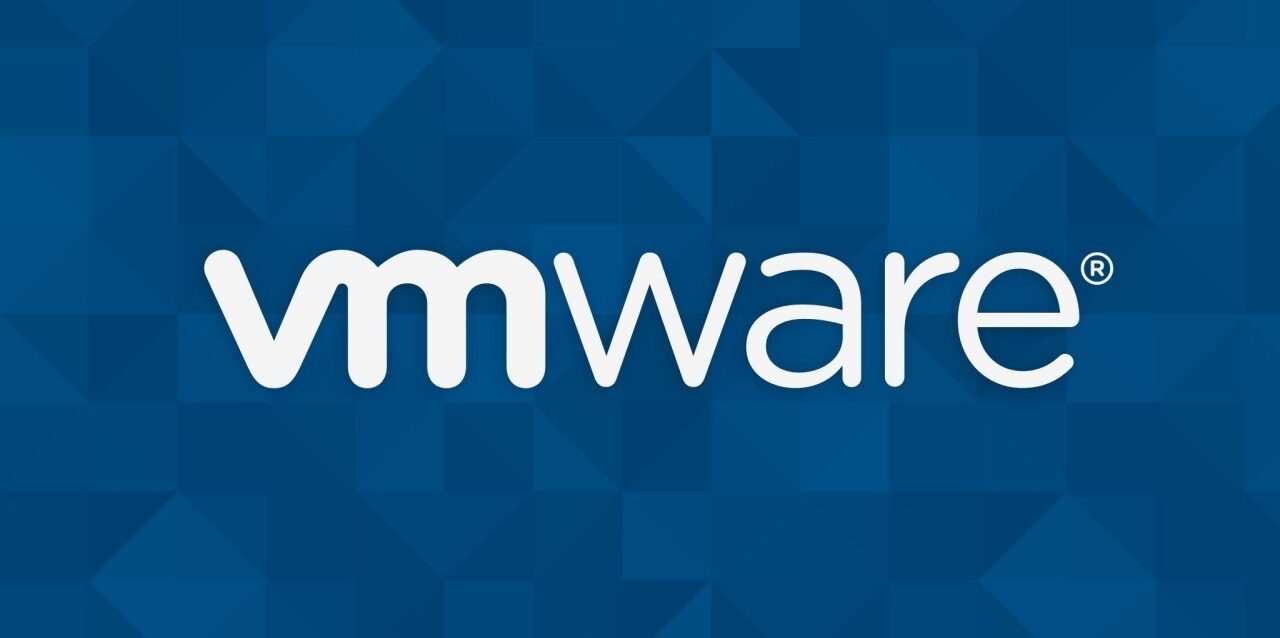In today’s world of information technology, virtualization has become an essential part of how businesses and individuals manage their computers and servers. One of the leaders in this space is VMware.
In this article, we will explain what VMware is, how it works, its main products, advantages, and why it is so important—whether you’re a beginner starting out or a professional looking to deepen your skills.
What is VMware?
VMware is a technology company that provides virtualization and cloud computing software.
In simple terms, VMware allows you to create virtual machines (VMs) — computers that run inside another computer.
Each VM can have its own operating system (like Windows, Linux, or macOS), applications, and settings, all separate from the main computer (called the host).
Imagine running Windows 11 and Linux Ubuntu on your MacBook at the same time without needing two separate computers.
That’s the magic of VMware!
How Does VMware Work?
At the heart of VMware’s technology is something called a hypervisor.
A hypervisor is software that sits between the hardware and the operating systems, allowing multiple systems to run on the same physical hardware.
There are two types of hypervisors:
- Type 1 Hypervisor (Bare-Metal): Runs directly on the hardware without needing an operating system.
Example: VMware ESXi - Type 2 Hypervisor (Hosted): Runs on top of an existing operating system.
Example: VMware Workstation, VMware Fusion
The hypervisor allocates resources like CPU, memory, disk, and network to each virtual machine safely and efficiently.
Main VMware Products
VMware offers a range of products for different needs:
| Product Name | Description |
|---|---|
| VMware Workstation | A desktop app for creating and managing VMs on Windows/Linux. Great for developers and testers. |
| VMware Fusion | A desktop app for Mac users to run Windows/Linux VMs. |
| VMware ESXi | A powerful enterprise-grade hypervisor that runs directly on servers without an OS. |
| VMware vSphere | A complete suite for managing large numbers of VMs in data centers (includes ESXi and vCenter Server). |
| VMware vCenter | Centralized management for ESXi hosts and VMs, perfect for large-scale businesses. |
| VMware Cloud | Solutions for managing VMs and services across private, public, and hybrid clouds. |
Why Use VMware?
1. Save Money and Resources
Instead of buying many physical servers, you can run many VMs on one server, saving on hardware costs, electricity, and maintenance.
2. Flexibility
You can test new software, develop applications, or run different operating systems without affecting your main machine.
3. High Availability and Disaster Recovery
VMware offers features like vMotion (move a running VM from one server to another without downtime) and snapshots (backup and restore VMs easily), ensuring business continuity.
4. Better Security
VMs are isolated from each other. If one VM is hacked or infected, the others remain safe.
5. Scalability
As your needs grow, you can simply create more VMs or add more servers without complex hardware installations.
Real-World Examples of VMware Usage
- Software Developers: Test apps across different operating systems easily.
- IT Departments: Manage hundreds or thousands of virtual servers from a single console.
- Educational Institutions: Teach students on various operating systems without needing multiple physical machines.
- Disaster Recovery Sites: Quickly restore services in case of a hardware failure.
Common Terms You Should Know
| Term | Meaning |
|---|---|
| VM (Virtual Machine) | A virtual computer running inside a real computer. |
| Host | The physical machine running the VMs. |
| Guest OS | The operating system installed inside a VM. |
| Snapshot | A saved state of a VM at a particular time. |
| Clone | A copy of an existing VM. |
| vMotion | Moving a VM from one host to another without shutting it down. |
How to Start Using VMware?
- Download VMware Workstation (Windows/Linux) or VMware Fusion (Mac).
- Install the software following the easy setup wizard.
- Create a new Virtual Machine:
- Choose the OS you want to install.
- Assign CPU, Memory (RAM), and Disk Space.
- Install the OS just like you would on a real machine.
- Start using your VM!
For more advanced use (like ESXi and vSphere), you may need a dedicated server or use a cloud service.
Conclusion
Whether you are a beginner experimenting with different operating systems, or a professional managing large enterprise servers, VMware offers the tools and flexibility needed in today’s tech world.
Understanding VMware technology opens many doors in IT, development, cybersecurity, and cloud computing careers.
If you want a smarter, safer, and more cost-effective way to manage your computing environment, VMware is the way forward.







